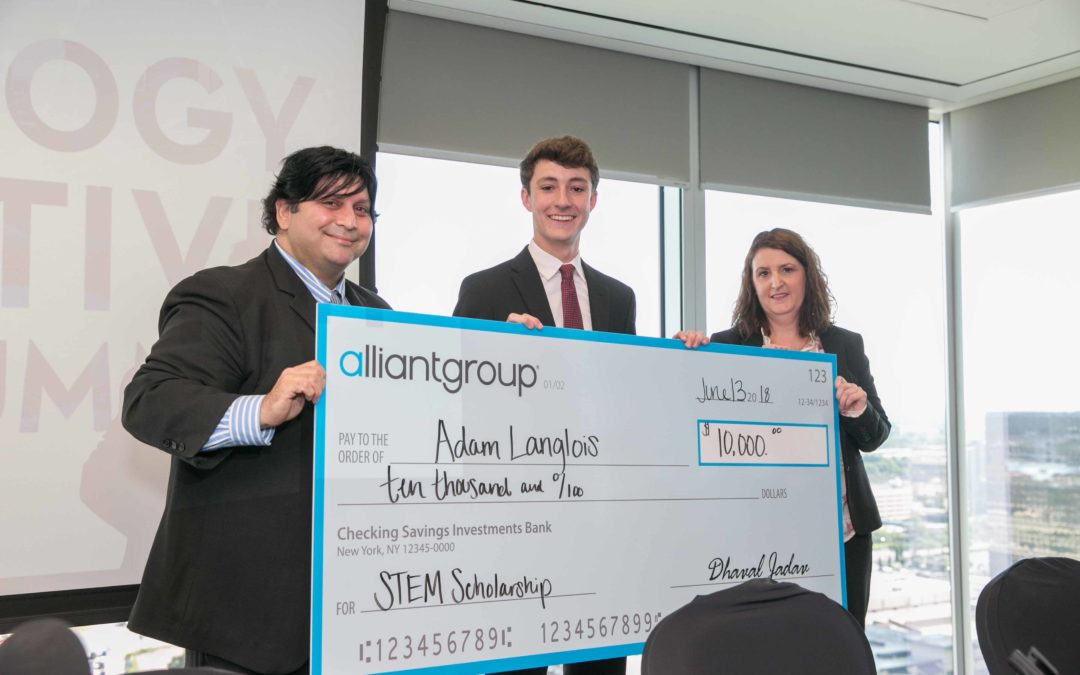As mentioned in last month’s blog post, alliantgroup uses its assets to give back to the community, particularly young, aspiring STEM professionals. To broaden the discussion, this blog will focus on reasons why alliantgroup invests in STEM education, and why you should as well.
1: STEM is the Future
STEM jobs are already in high demand, with a forecast of exponential growth in the coming years. Technology has and continues to shape and reshape the modern workplace, with renewable energy, artificial intelligence, and data security becoming common terminology. While robots and AI can perform automated and complex tasks alike, it is the STEM professional who develops these systems, tests their usability, and goes back to the drawing board to develop new and innovate technologies. James Brown, the executive director of the STEM Education Coalition, acknowledges that STEM is, in fact, our future: “The future of the economy is in STEM. That’s where the jobs of tomorrow will be.”
Don’t just take his word for it—The U.S. Bureau of Labor Statistics projects that, between 2014 and 2024, STEM jobs and employment are slated to increase dramatically. Of the different STEM subcategories, mathematical science is the one expected to grow the most, at a projected rate of 28.2%. Almost every other major STEM field, from STEM-related management to post-secondary STEM education to architecture, is expected to grow by at least 5%.
2: STEM is Experiencing a Shortage
Since 1990, STEM occupations have grown by 79%. The explosive growth of opportunities in science, technology, engineering, and math means that, while more jobs will be available, employers need more technical professionals to fill in the gaps. Therein lies the problem—disparity between the available jobs and those who pursue STEM education.
ACT, Inc., the organization behind the namesake standardized test, has conducted in-depth research into the state of STEM education in the U.S. One of ACT’s key findings was that, from 2012 to 2017, there was no movement in STEM interest and achievement amongst U.S. students. Only 48% of ACT-tested high school graduates over the course of those five years had expressed or measured interest in science, technology, engineering, or mathematics. Even fewer students met the ACT STEM benchmark—in 2017, only 21% hit the benchmark, which was a 1% growth from previous years.
Students need two things: that extra push to learn STEM, and the support to study it later down the line. That is why alliantgroup’s support of the STEM community is so important; by enabling students to apply for STEM scholarships and bringing engaging STEM opportunities to schools around Houston, alliantgroup offers these opportunities to students who otherwise would not have them.
To learn more about alliantgroup’s efforts to support STEM education, visit their official Twitter and Facebook pages. To hear from the 2019 Blue Heart Fund scholarship winners, check out this interview with CW39 Houston!

